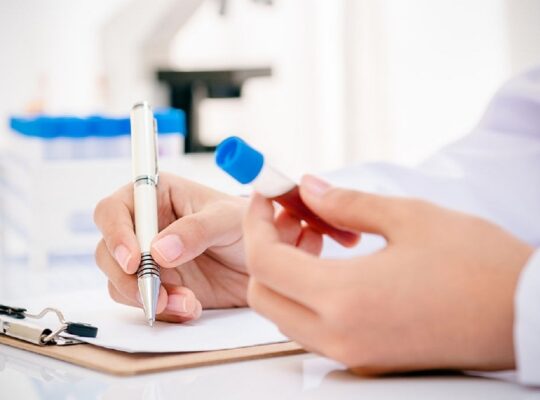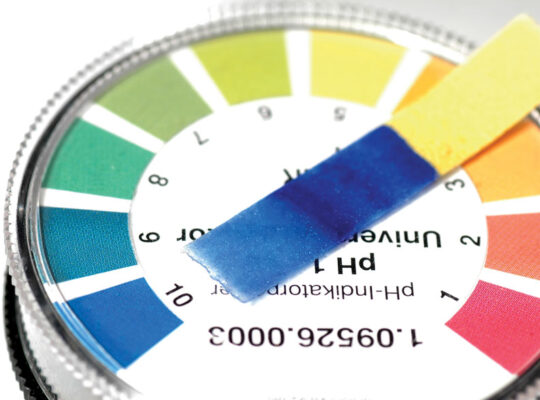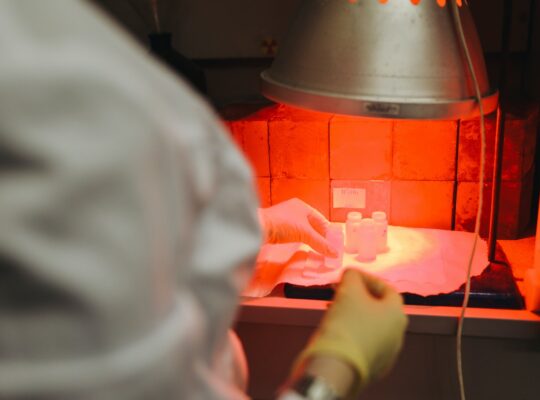Principles of Animal Toxicology: Understanding Acute, Subacute and Chronic Toxicity
Introduction Welcome to this blog that enlightens you on the principles of animal toxicity, specifically on “Understanding Acute, Subacute and Chronic Toxicity in Pharmacology”. Have you ever wondered how drugs are tested for safety before they are released into the market? This is where animal toxicity studies come into play. Animal toxicity refers to the …










